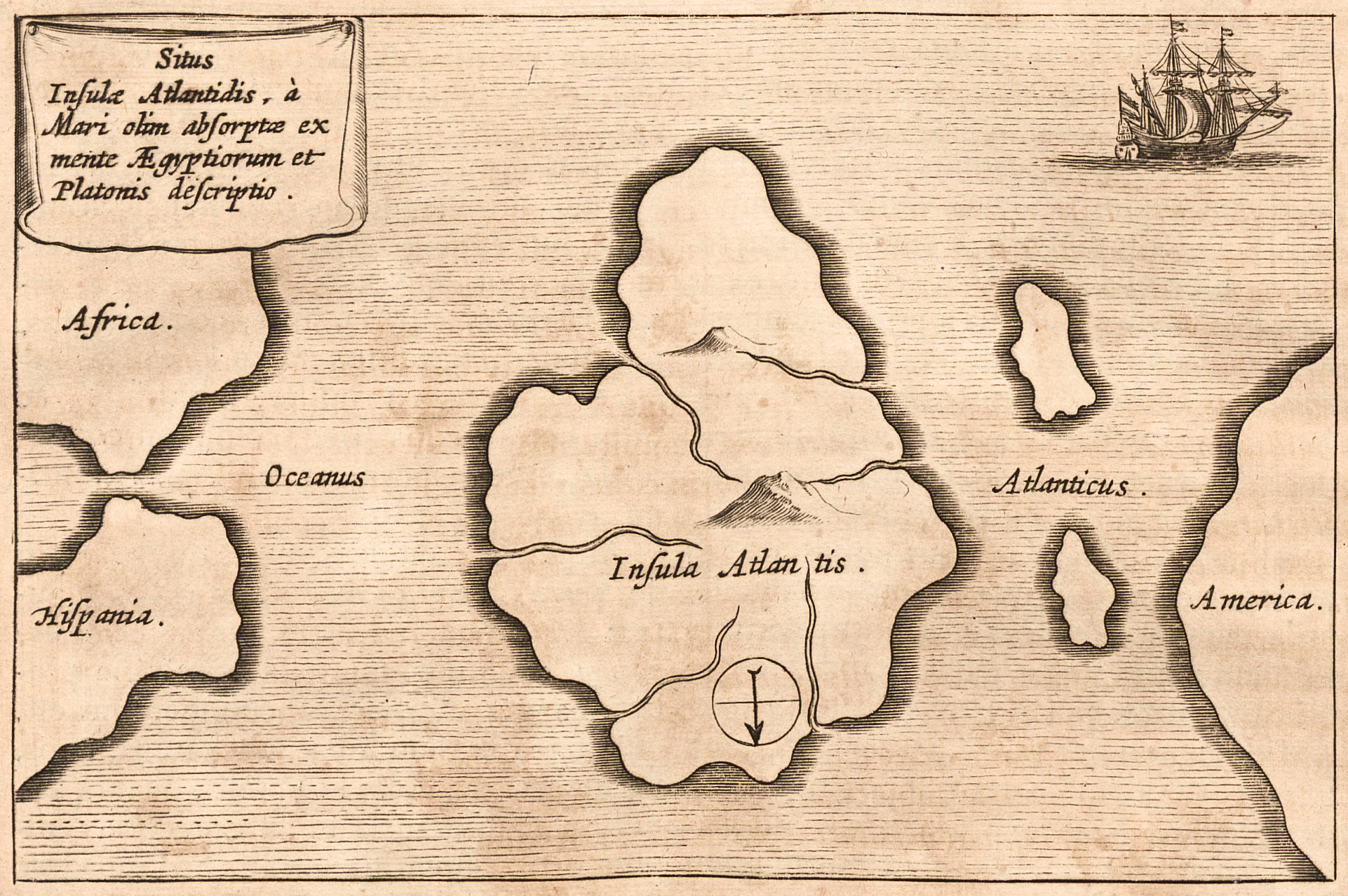|
Ampère Seamount
Ampère Seamount is a seamount in the Atlantic Ocean, south-west of Portugal and west of Morocco. It is located at 35°02'N and 12°54'W. This seamount is about 90 x 40 km, its base is at a depth of approximately . The summit topography is rather disturbed with a summit plateau that is at a depth of and a peak reaching up to below the water surface. In March 1974, Soviet research ship ''Academician Petrovsky'' underwent an expedition to explore the Ampere and Josephine seamounts. Underwater photographs taken during this expedition revealed a stone wall which included cut stone blocks scattered on both sides, Also what appear to be artificial steps partially covered with lava were photographed on the flat summit of the Ampere Seamount. This was the grounds for speculations that it may have been the location of the legendary Atlantis Atlantis ( grc, Ἀτλαντὶς νῆσος, , island of Atlas (mythology), Atlas) is a fictional island mentioned in an allegory ... [...More Info...] [...Related Items...] OR: [Wikipedia] [Google] [Baidu] |
Seamount
A seamount is a large geologic landform that rises from the ocean floor that does not reach to the water's surface (sea level), and thus is not an island, islet or cliff-rock. Seamounts are typically formed from extinct volcanoes that rise abruptly and are usually found rising from the seafloor to in height. They are defined by oceanographers as independent features that rise to at least above the seafloor, characteristically of conical form.IHO, 2008. Standardization of Undersea Feature Names: Guidelines Proposal form Terminology, 4th ed. International Hydrographic Organization and Intergovernmental Oceanographic Commission, Monaco. The peaks are often found hundreds to thousands of meters below the surface, and are therefore considered to be within the deep sea. During their evolution over geologic time, the largest seamounts may reach the sea surface where wave action erodes the summit to form a flat surface. After they have subsided and sunk below the sea surface such flat ... [...More Info...] [...Related Items...] OR: [Wikipedia] [Google] [Baidu] |
USSR
The Soviet Union,. officially the Union of Soviet Socialist Republics. (USSR),. was a transcontinental country that spanned much of Eurasia from 1922 to 1991. A flagship communist state, it was nominally a federal union of fifteen national republics; in practice, both its government and its economy were highly centralized until its final years. It was a one-party state governed by the Communist Party of the Soviet Union, with the city of Moscow serving as its capital as well as that of its largest and most populous republic: the Russian SFSR. Other major cities included Leningrad (Russian SFSR), Kiev ( Ukrainian SSR), Minsk ( Byelorussian SSR), Tashkent (Uzbek SSR), Alma-Ata (Kazakh SSR), and Novosibirsk (Russian SFSR). It was the largest country in the world, covering over and spanning eleven time zones. The country's roots lay in the October Revolution of 1917, when the Bolsheviks, under the leadership of Vladimir Lenin, overthrew the Russian Provisional Gove ... [...More Info...] [...Related Items...] OR: [Wikipedia] [Google] [Baidu] |
Lava
Lava is molten or partially molten rock (magma) that has been expelled from the interior of a terrestrial planet (such as Earth) or a moon onto its surface. Lava may be erupted at a volcano or through a fracture in the crust, on land or underwater, usually at temperatures from . The volcanic rock resulting from subsequent cooling is also often called ''lava''. A lava flow is an outpouring of lava during an effusive eruption. (An explosive eruption, by contrast, produces a mixture of volcanic ash and other fragments called tephra, not lava flows.) The viscosity of most lava is about that of ketchup, roughly 10,000 to 100,000 times that of water. Even so, lava can flow great distances before cooling causes it to solidify, because lava exposed to air quickly develops a solid crust that insulates the remaining liquid lava, helping to keep it hot and inviscid enough to continue flowing. The word ''lava'' comes from Italian and is probably derived from the Latin word ''labes ... [...More Info...] [...Related Items...] OR: [Wikipedia] [Google] [Baidu] |
Atlantis
Atlantis ( grc, Ἀτλαντὶς νῆσος, , island of Atlas (mythology), Atlas) is a fictional island mentioned in an allegory on the hubris of nations in Plato's works ''Timaeus (dialogue), Timaeus'' and ''Critias (dialogue), Critias'', wherein it represents the antagonist naval power that besieges "Ancient Athens", the Counterfactual history, pseudo-historic embodiment of Plato's ideal state in ''The Republic (Plato), The Republic''. In the story, Athens repels the Atlantean attack unlike any other nation of the Ecumene, known world, supposedly bearing witness to the superiority of Plato's concept of a state. The story concludes with Atlantis falling out of favor with the deities and submerging into the Atlantic Ocean. Despite its minor importance in Plato's work, the Atlantis story has had a considerable impact on literature. The allegorical aspect of Atlantis was taken up in utopian works of several Renaissance writers, such as Francis Bacon's ''New Atlantis'' and Th ... [...More Info...] [...Related Items...] OR: [Wikipedia] [Google] [Baidu] |


